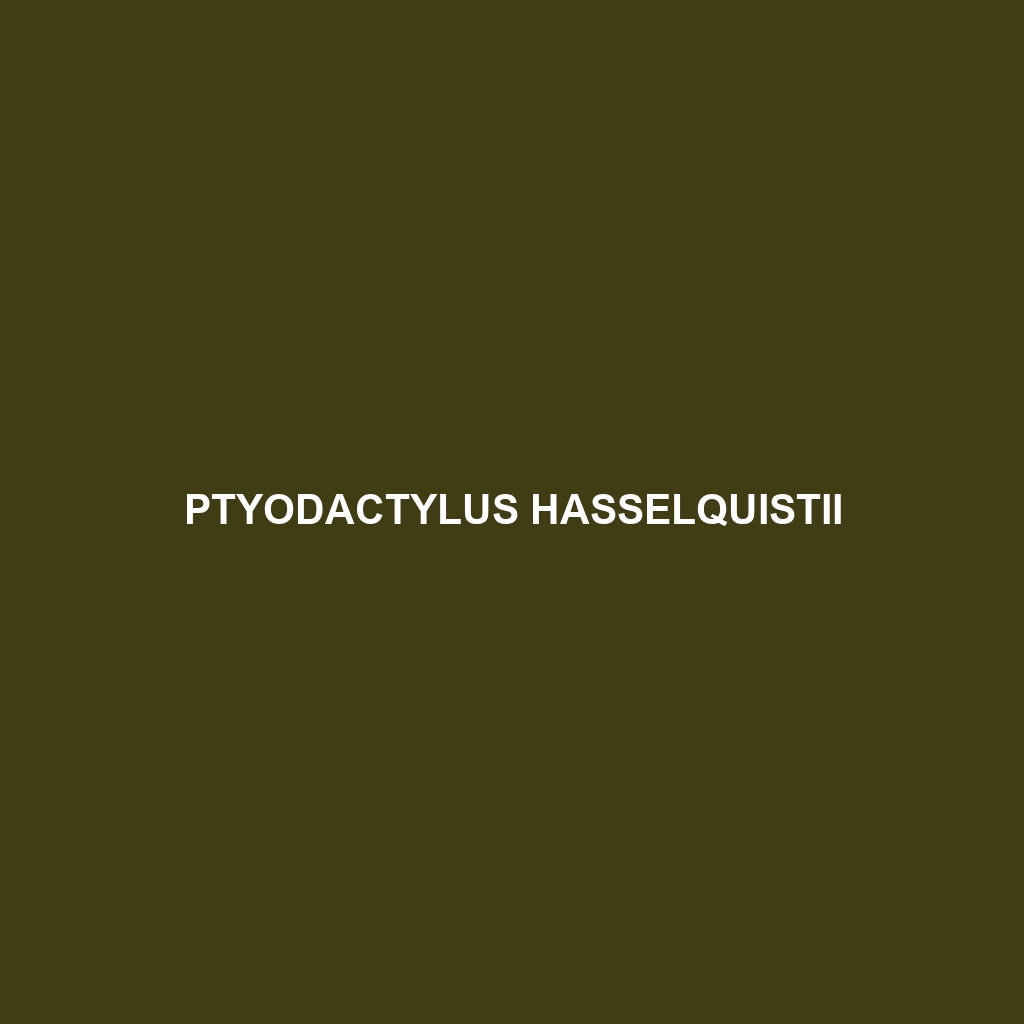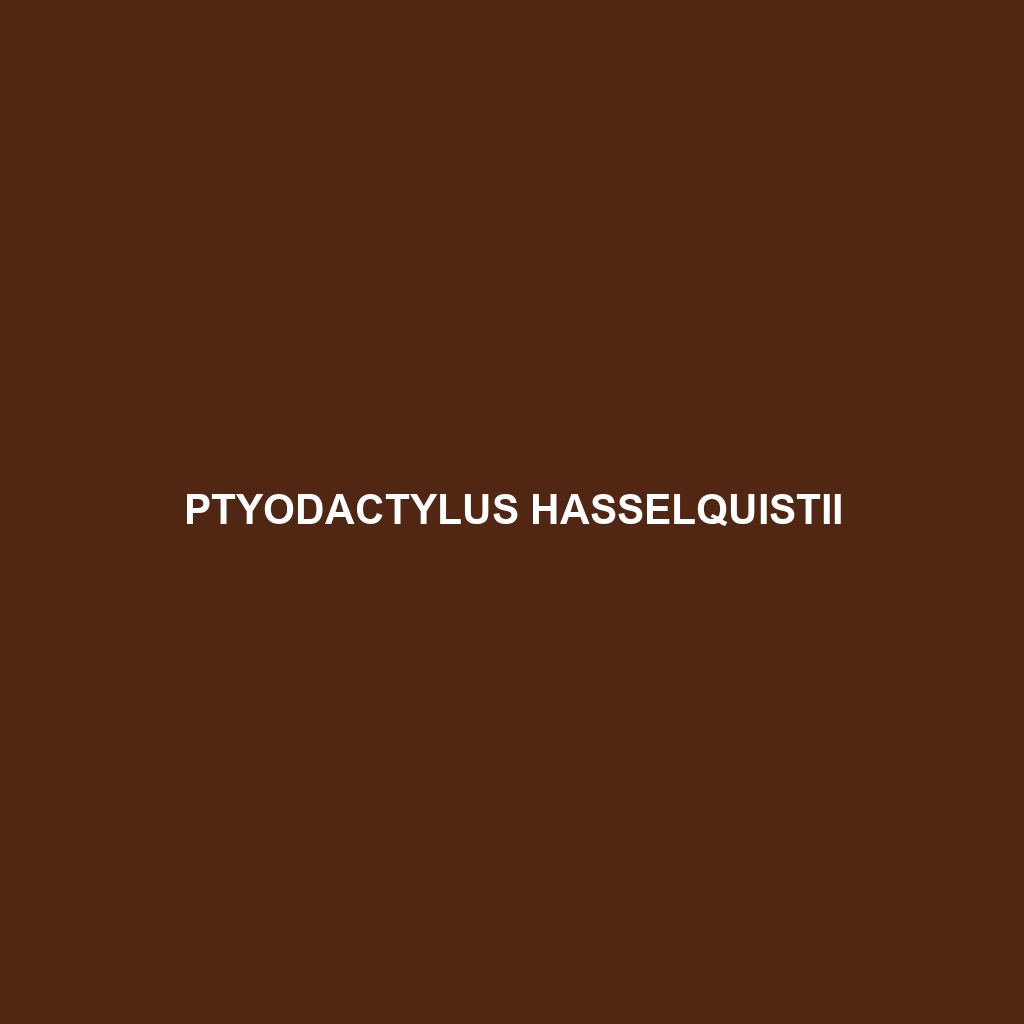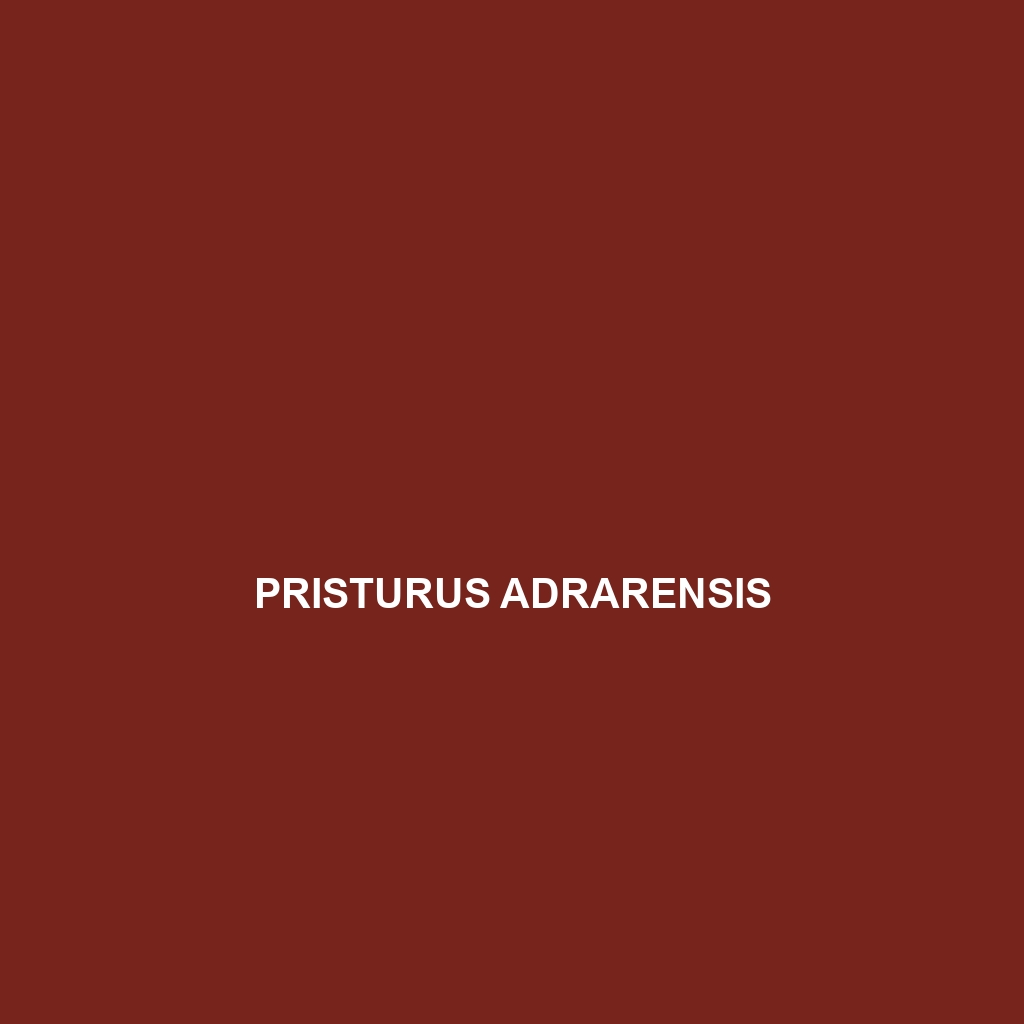<b>Ptyodactylus homolepis</b>, also known as the homolepis gecko, is a slender insectivore found in arid regions of North Africa and the Middle East, characterized by its ability to camouflage with light brown to gray coloration and a unique ability to change color based on its environment. This nocturnal species plays a crucial ecological role by regulating insect populations and serves as prey for larger predators, showcasing remarkable adaptations that enable it to thrive in diverse habitats.
Tag: North Africa reptiles
Ptyodactylus hasselquistii
<p><b>Ptyodactylus hasselquistii</b>, or Hasselquist's gecko, is a nocturnal insectivore found in North Africa and the Middle East, known for its distinctive sand-colored skin and adhesive toe pads that enable climbing. This species thrives in arid habitats, exhibiting unique behaviors such as territorial marking and tail regeneration for predator evasion.</p>
Pseudocerastes fieldi
<p><b>Pseudocerastes fieldi</b>, known as the Field's horned viper, thrives in arid North African environments, sporting distinctive horn-like scales and a potent venom. This nocturnal, ovoviviparous snake plays a crucial role in its ecosystem by controlling rodent populations and showcases remarkable adaptations to desert life.</p>
Psammophis schokari
<b>Psammophis schokari</b>, known as the Schokar Sand Snake, is a slender, diurnal snake native to North Africa and the Middle East, typically measuring 60 to 100 cm in length. Adapted to sandy habitats, it exhibits excellent camouflage, preying on small vertebrates while showcasing unique behaviors like burrowing and slight color change for effective hiding.
Pristurus adrarensis
The Pristurus adrarensis, or Adrar gecko, is a small, nocturnal species native to the arid regions of North Africa, distinguished by its light brown coloration and prehensile tail. This insectivorous gecko thrives in rocky outcrops and plays an essential role in controlling insect populations while serving as a vital food source for larger predators.
Ptyodactylus homolepis
<b>Ptyodactylus homolepis</b>, also known as the homolepis gecko, is a slender insectivore found in arid regions of North Africa and the Middle East, characterized by its ability to camouflage with light brown to gray coloration and a unique ability to change color based on its environment. This nocturnal species plays a crucial ecological role by regulating insect populations and serves as prey for larger predators, showcasing remarkable adaptations that enable it to thrive in diverse habitats.
Ptyodactylus hasselquistii
<p><b>Ptyodactylus hasselquistii</b>, or Hasselquist's gecko, is a nocturnal insectivore found in North Africa and the Middle East, known for its distinctive sand-colored skin and adhesive toe pads that enable climbing. This species thrives in arid habitats, exhibiting unique behaviors such as territorial marking and tail regeneration for predator evasion.</p>
Pseudocerastes fieldi
<p><b>Pseudocerastes fieldi</b>, known as the Field's horned viper, thrives in arid North African environments, sporting distinctive horn-like scales and a potent venom. This nocturnal, ovoviviparous snake plays a crucial role in its ecosystem by controlling rodent populations and showcases remarkable adaptations to desert life.</p>
Psammophis schokari
<b>Psammophis schokari</b>, known as the Schokar Sand Snake, is a slender, diurnal snake native to North Africa and the Middle East, typically measuring 60 to 100 cm in length. Adapted to sandy habitats, it exhibits excellent camouflage, preying on small vertebrates while showcasing unique behaviors like burrowing and slight color change for effective hiding.
Pristurus adrarensis
The Pristurus adrarensis, or Adrar gecko, is a small, nocturnal species native to the arid regions of North Africa, distinguished by its light brown coloration and prehensile tail. This insectivorous gecko thrives in rocky outcrops and plays an essential role in controlling insect populations while serving as a vital food source for larger predators.









